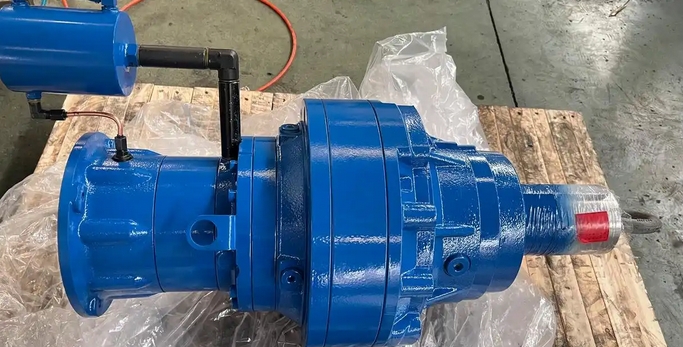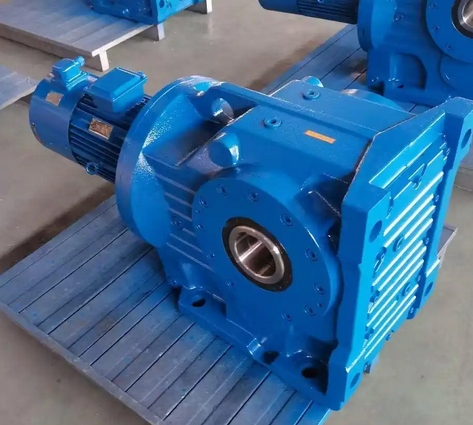What precautions should be taken when performing load testing on a single-stage BWD10-17-0.75KW reducer?
Single level BWD10-17-0.75KWWhen debugging the load of the reducer, there are many precautions to pay attention to changes in load and operating status. The following is a detailed introduction for you:
Load increase method

Gradual loading: The load should be slowly and gradually increased, increasing in certain stages, such as reaching 25% of the rated load first, running steadily for a period of time, and then increasing to 50%, 75%, and finally reaching 100% of the rated load. Avoid sudden excessive loads to prevent impact on the gearbox and damage to internal components such as gears and bearings.
Uniform loading speed: When increasing the load in each stage, the speed should be uniform and not suddenly fast or slow. This can gradually adapt the various components inside the reducer to changes in load, reducing stress concentration caused by sudden load changes.
Running status monitoring
Temperature monitoring: closely monitor the temperature changes of various parts of the gearbox, especially key parts such as bearings and gearboxes. Generally speaking, during normal operation, the oil temperature of the gearbox should not exceed 80 ℃, and the bearing temperature should not exceed 90 ℃. If the temperature is too high, it may be caused by poor lubrication, excessive load, poor heat dissipation, etc., and the machine should be stopped for inspection in a timely manner.
Sound monitoring: Carefully listen to the sound of the gearbox during operation. Under normal circumstances, the gearbox should produce a smooth and uniform operating sound. If abnormal noise occurs, such as sharp friction sounds, impact sounds, or periodic vibration sounds, it may indicate poor gear meshing, bearing damage, or foreign objects inside, and the machine should be stopped immediately for troubleshooting.
Vibration inspection: Check the vibration condition of the reducer. Slight vibration is normal, but excessive vibration can affect the stability and service life of the gearbox, and may even cause loose or detached connecting components. By observing the vibration amplitude of the installation base, housing, and other parts of the gearbox, as well as feeling the vibration intensity with hand touch, determine whether the vibration is within the allowable range.
Sealing inspection: During the load debugging process, it is necessary to regularly check the sealing parts of the reducer, such as the shaft end and the joint surface of the box, to see if there is any oil leakage. Once oil leakage is discovered, the cause should be promptly identified and dealt with to avoid insufficient lubrication caused by lubricating oil leakage, which may damage the internal components of the gearbox.


